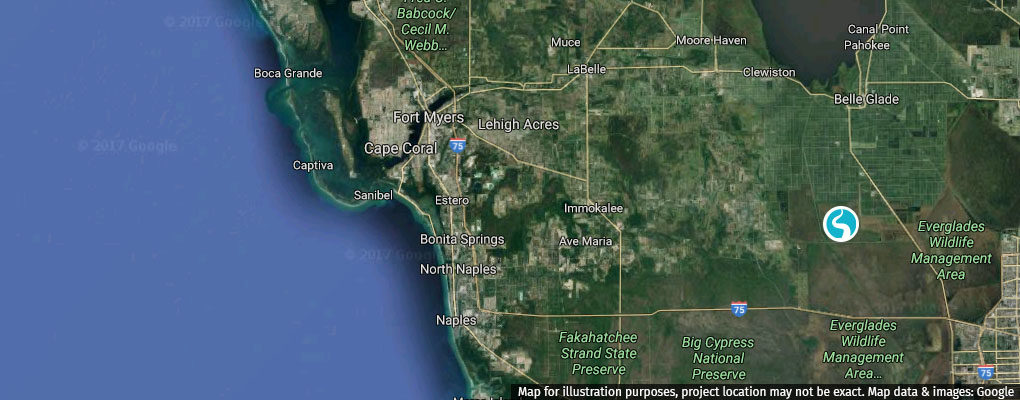A key element to restoring the Caloosahatchee and St. Lucie estuaries and Florida Bay is to increase water storage capacity in the Everglades Agricultural Area (EAA). A component of the Comprehensive Everglades Restoration Plan, this project involves construction of a roughly 16,000-acre reservoir to deliver an annual average of 120 billion gallons of water to Everglades National Park and Florida Bay, increasing flows to Florida ay during the dry season when it’s needed most. To accelerate progress on this project, the state of Florida and U.S. Congress authorized expedited planning and construction of the reservoir, which is currently in the design phase. The federal government still needs to provide federal funding to construct the project. The EAA reservoir has the dual benefit of reducing the harmful discharges to the east and west coastal estuaries that cause algal blooms and wreak havoc on the estuarine environment and the coastal economies and instead send clean water to Everglades National Park and Florida Bay. The water can be cleansed through a network of stormwater treatment area marshes before being sent south to the heart of the Everglades.. A study by the Everglades Foundation found that the EAA reservoir would reduce the volume of discharges from Lake Okeechobee to the estuaries by nearly 50 percent.
Project
Everglades Agricultural Area Reservoir
View Project Map

